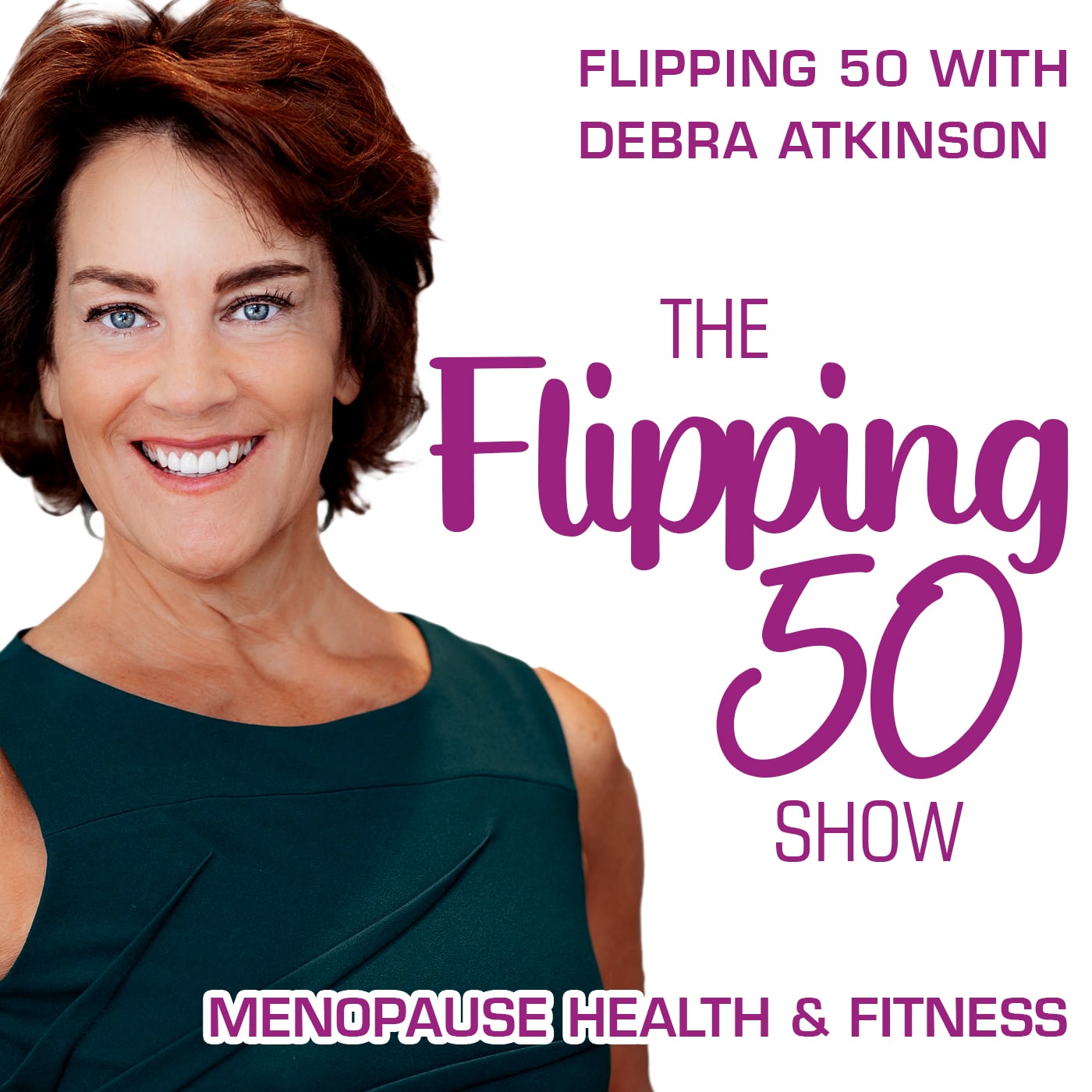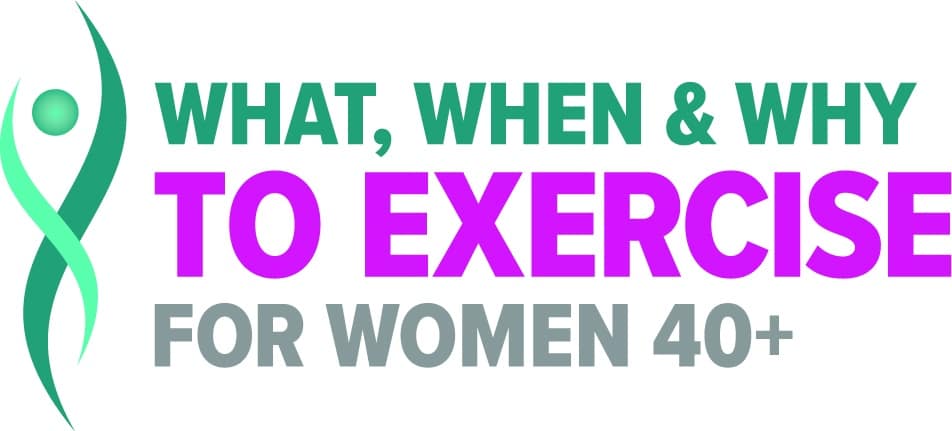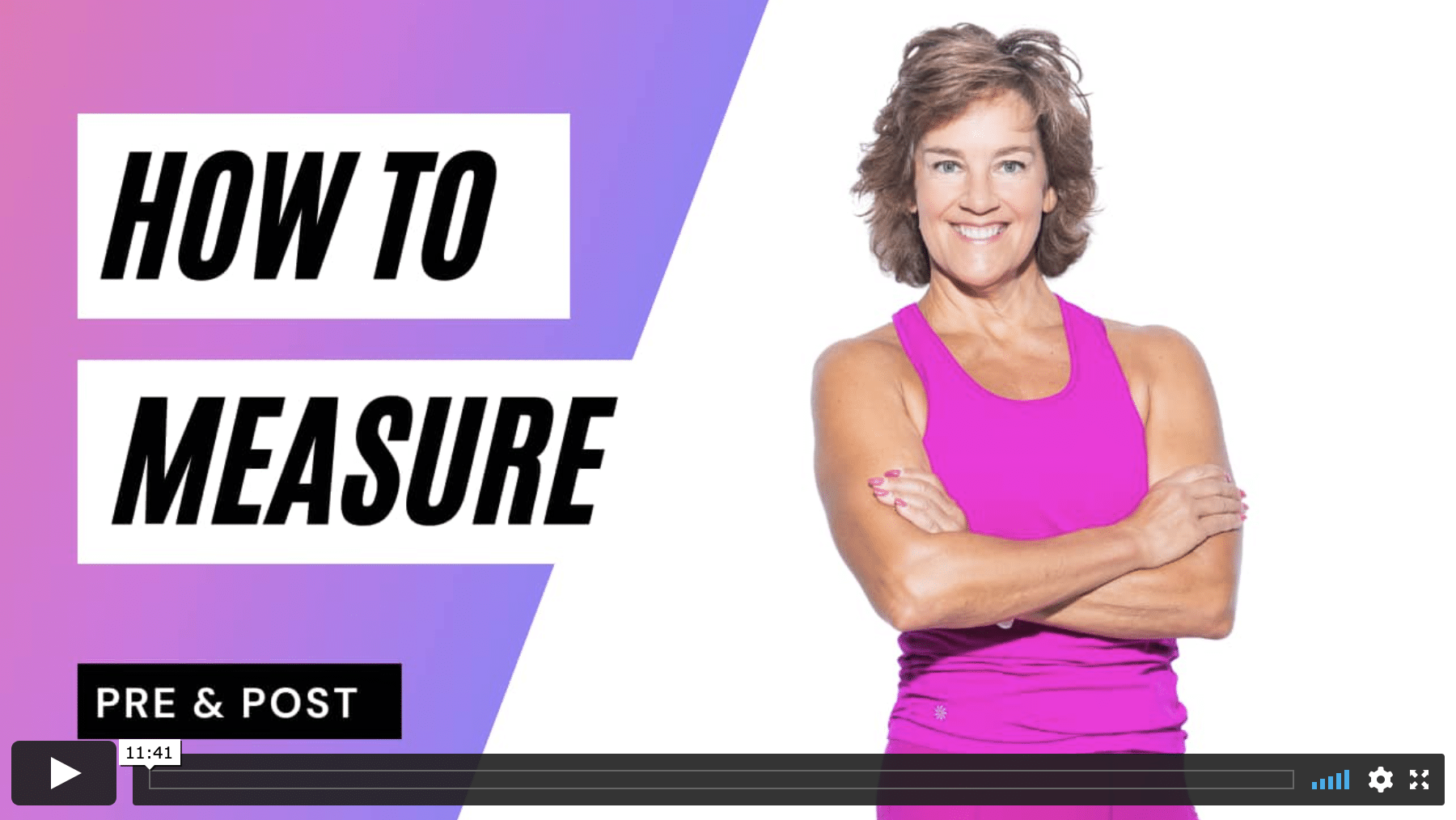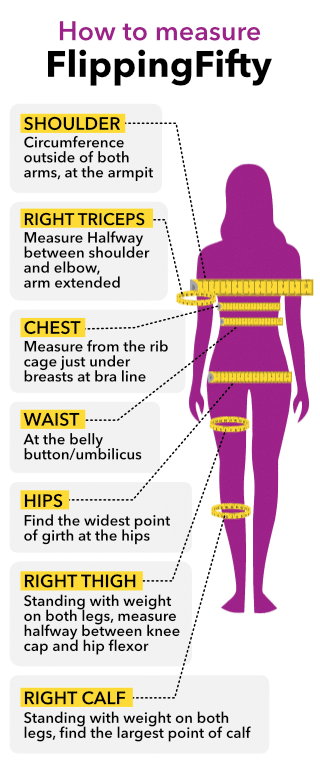We’d all love to have been born with a higher metabolism. If you haven’t the question is can you get a higher metabolism with thermogenesis?
The term thermogenesis refers to heat generation in direct response to the food you eat.
There are a lot of myths suggesting that 5 or 6 small meals a day are better for this. Let’s cut to the chase. In case you’re busy. No.
Don’t confuse this with energy expenditure.
The elevation of your temperature or this thermogenic effect is not a goal worth pursuing so that you burn more calories all day.
For example, eating 5 small meals a day, you might think will increase your thermogenesis, that post-meal increase in temperature that results in greater caloric expenditure as your body processes food. The increase overall during a day is responsible for about 15% of your basal metabolic rate – or what you burn to stay alive.
That’s diet-induced thermogenesis.
You’d be eating more calories overall in an attempt to do that. Not a good plan. AND.. you’d likely be missing critical components of Muscle Protein Synthesis. That means you have to reach a certain threshold of high-quality protein intake in order to benefit from muscle protein synthesis. It’s not like you benefit a little or you do more. You either reach the threshold or you don’t. If you do get a far bigger bump beyond 30 grams, say you have a 50gm breakfast then MPS will stay elevated longer and a few hours later you may need a smaller meal to simply give it a lift.
If instead you eat the bare minimum of 30 grams of protein at breakfast, by lunch you’ll need another 30 grams to support your muscle during the day.
The other added benefits of high protein are:
- Blood sugar stabilization – if you eat a high carb vs a high protein meal your blood sugar elevation post meal will be higher (following high carb). Higher blood sugar means high insulin to reduce it and higher insulin means you’re in fat storage.
- Satiety – you’ll be satisfied longer with high-protein meals especially if you combine them with high fiber.
- Food takes energy to digest. Protein has the highest energy demand on digestion.
My Guest:
Metabolism:
Your basal metabolic rate – the energy required to just sustain you if you did nothing at all
And this includes your Thermogenic effect of food – energy required to digest macronutrients.
Your cost of physical activity, either exercise or NEAT.
For a little boost of thermogenesis:
Nutritional “Supplements”:
Ginger root – try it in salads, salad dressings, smoothies
Green tea extract – I like to start with matcha and sip on iced green tea in summer or hot green tea in cooler seasons.
Turmeric – seasoning Indian dishes, and available in supplement form
Physical Activity:
Listen to this… it’s not the more calories you burn during exercise.
It’s this:
The more muscle mass you have, the more calories you burn at rest, or doing incidental things like taking out the garbage.
The more muscle mass you have, the more blood sugar control you have.
The better blood sugar control, the less insulin.
The less insulin, the less fat storage.
Foods:
Protein has a far greater thermogenic effect. That is, about 30% of the total caloric intake is what it takes to digest it. Compare that to fat which has practically zero thermogenesis. Carbohydrates are somewhere in the middle, but significantly lower than protein. You also want to be aware of the blood sugar elevation potential of carbs, even healthy ones, if they’re eaten alone, or under stress, the blood sugar impact will be different.
That said, if you simply look at blood sugar alone you don’t have all the facts.
High-intensity interval training elevates blood sugar. It’s using that blood sugar as fuel. And it’s adding stress, but ideally in a controlled way.
Some proteins can elevate blood sugar – whey protein – not well tolerated by most women in midlife (therefore discontinued as a product for Flipping 50 years ago) is rapidly absorbed and that can spike blood sugars because it’s quickly digested. If you use it at times other than exercise, it’s not actually going to be used or used to replenish muscle glycogen.
if you have too little muscle your body is storing that glucose in the liver, then muscle and if the tank is full, fat is the next target.
So, say yes to higher protein meals and you’ll keep your natural fat-burning thermogenesis higher, improve muscle protein synthesis and be far more satisfied. When weight loss is a goal, increased protein preserves muscle mass.
Here’s a quick day in the life of a higher metabolism:
Start with matcha. (Mine is: https://www.flippingfifty.com/piquetea
Lift weights or other exercises
Consume a high-protein meal within 90 minutes. (Add ginger and turmeric to a smoothie)
Sip green tea through the morning.
Get up halfway through the morning and move for 5 minutes.
Have a high-protein lunch.
Go for a 10-minute post-lunch walk
Break up sedentary time in the afternoon with 2-5 minutes of movement.
Have a high-protein dinner (make it early!) At these meals, eat protein and non-starchy veggies first and starchy vegetables last. Ditch your processed foods for whole foods.
Walk for 10 minutes after dinner.
If you enjoy a sauna, it’s another boost. Mine is:https://www.flippingfifty.com/sauna
These combined little things make a big difference. Much better in fact than thinking you’ll go for a walk then lift weights then do yoga tomorrow and do nothing today! Your higher metabolism is an around-the-clock process and when it is, it’s easier.
References:
Follow Flipping 50® and Send a Message:
Facebook: https://www.facebook.com/Flipping50TV
Instagram:https://www.Instagram.com/Flipping50TV
YouTube: https://www.youtube.com/flipping50tv
Other Episodes You May Like:
Midlife Weight Loss: Burn Body Fat, Balance Your Hormones:
https://www.flippingfifty.com/midlife-weight-loss/
Faster Weight Loss for Women Over 40| Break the Rules:
Resources:
Hot Not Bothered Challenge: https://www.flippingfifty.com/hnb-challenge
Sunlighten Sauna
https://www.flippingfifty.com/sauna
Pique Tea Matcha










